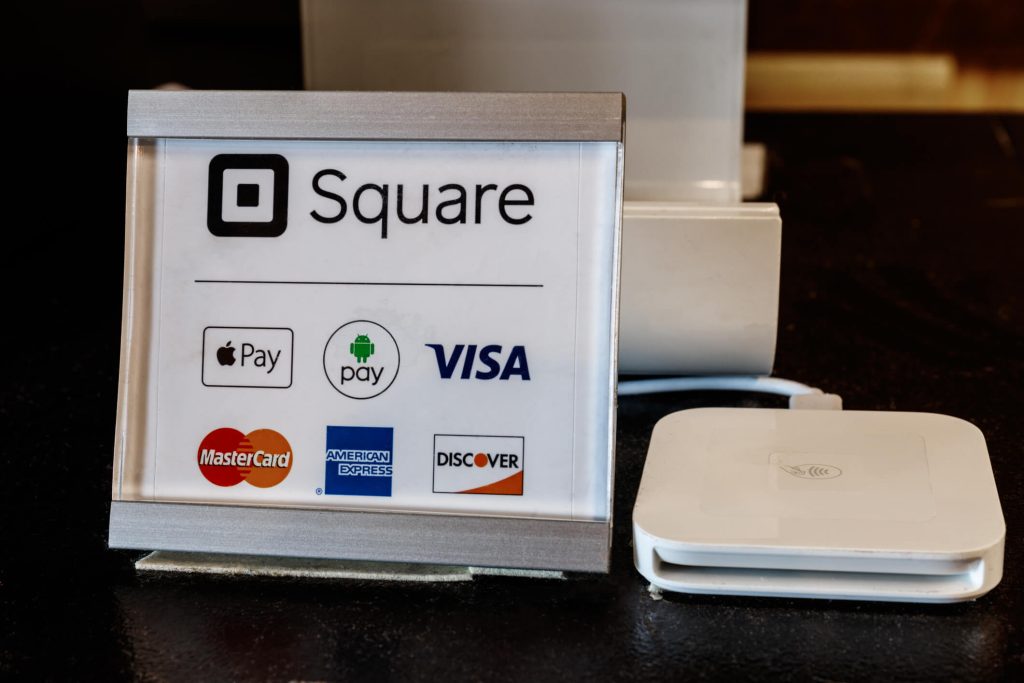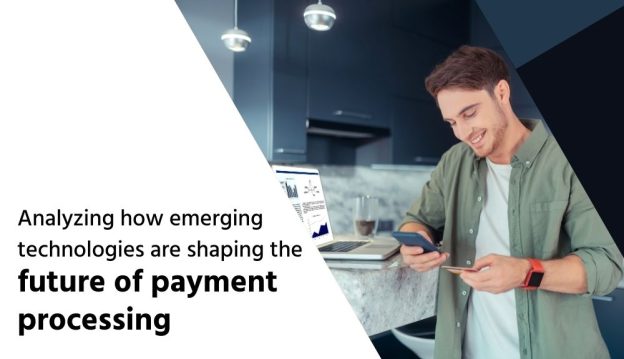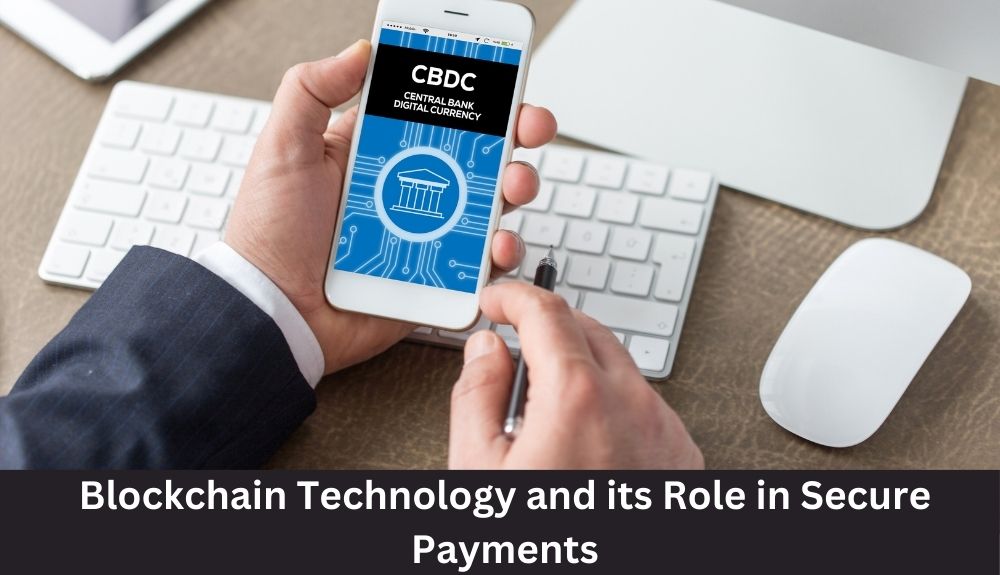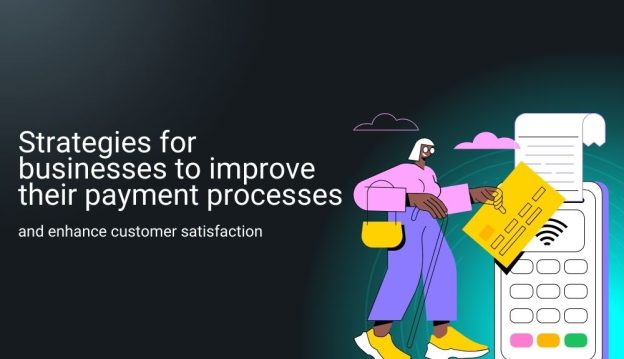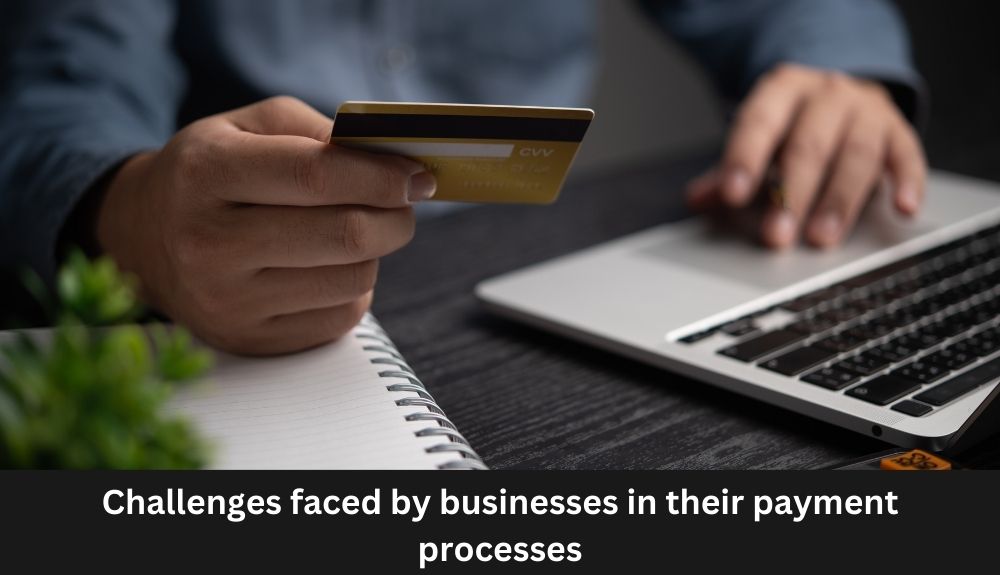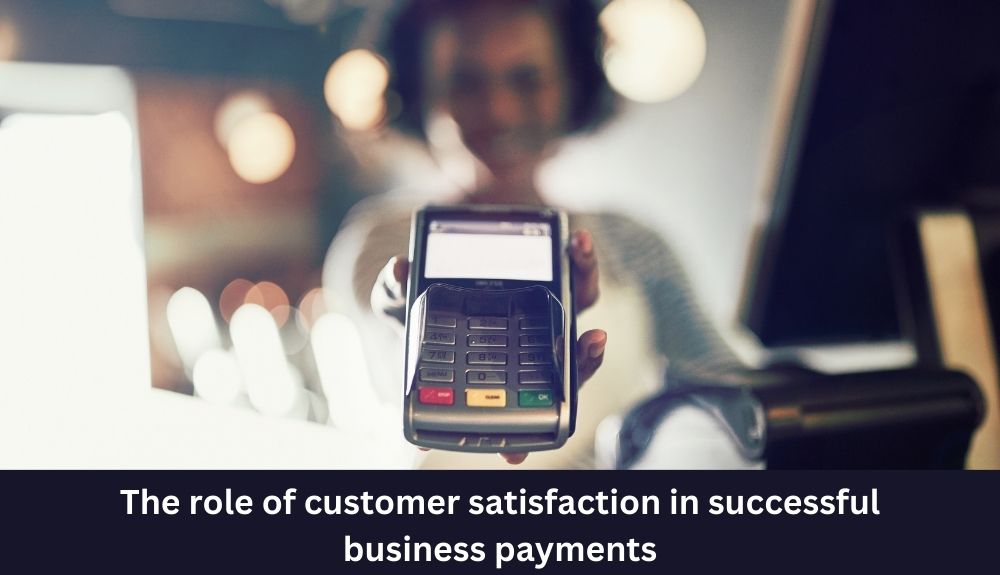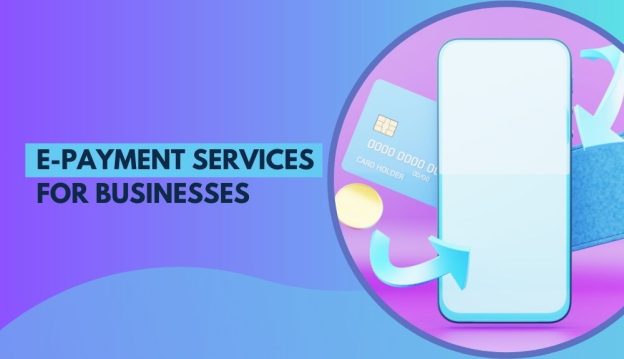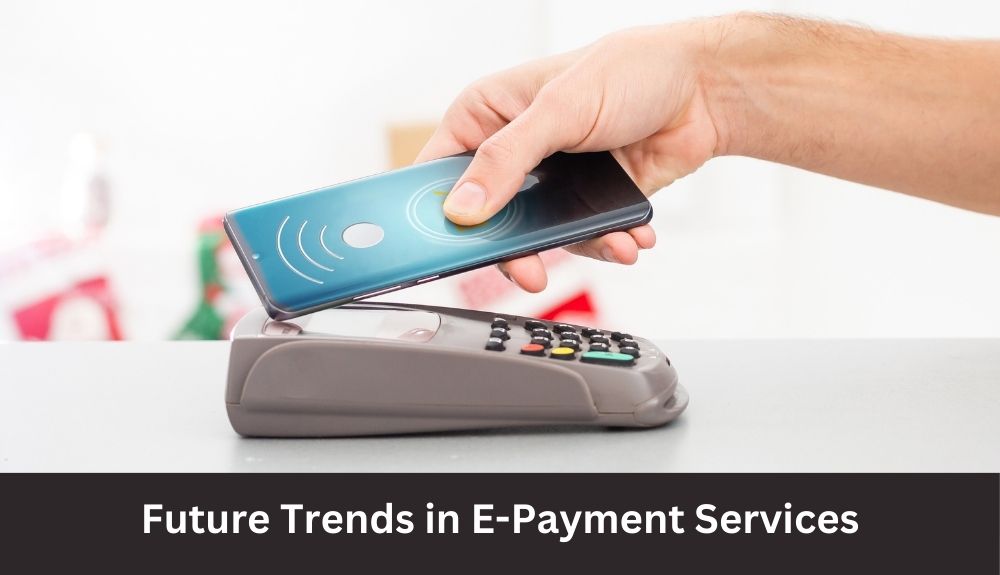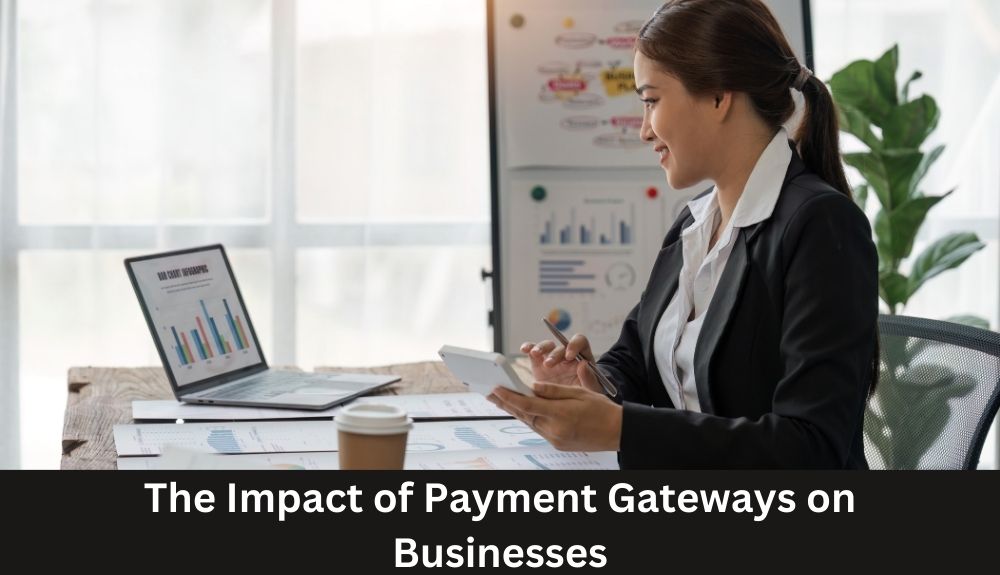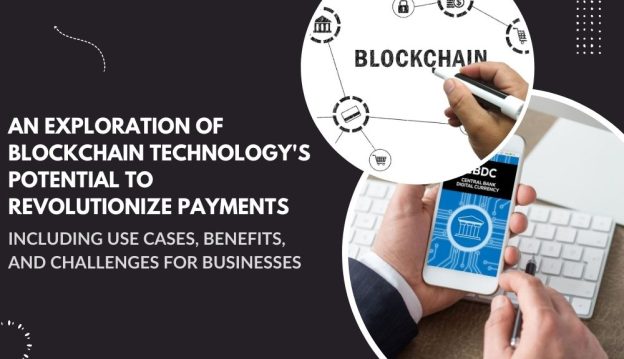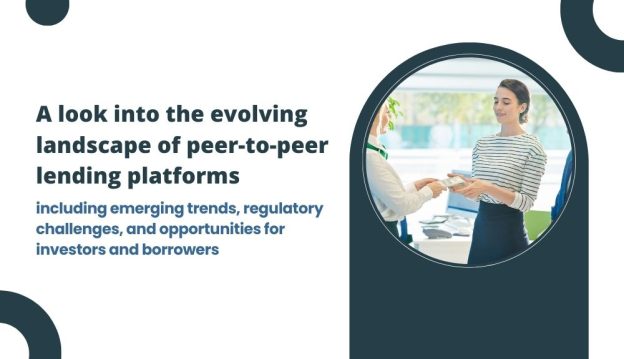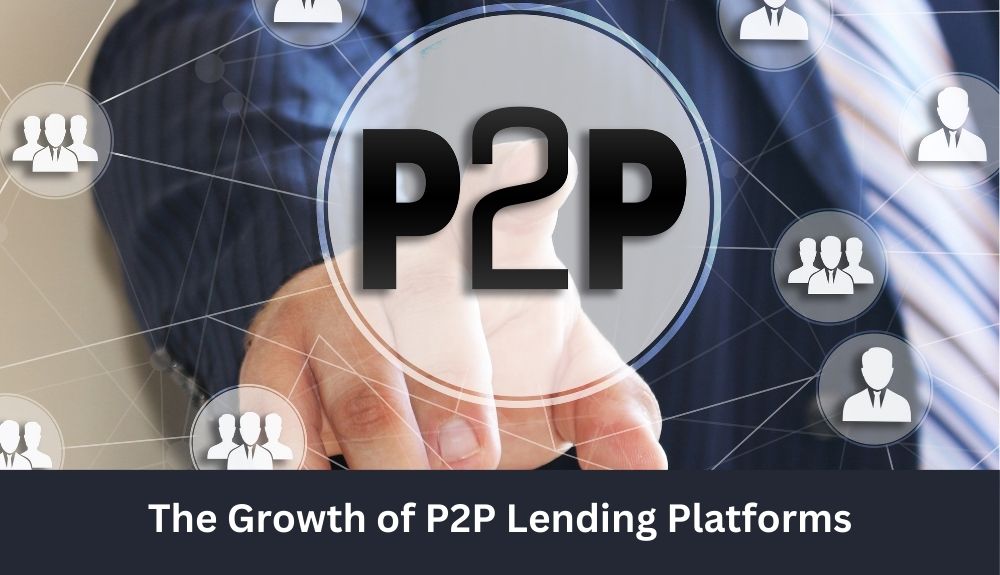When it comes to shopping at Costco, one of the largest warehouse retailers in the world, understanding their payment policy is essential. Costco is known for its wide range of products, competitive prices, and excellent customer service. However, it is important to know what forms of payment Costco accepts before heading to the checkout counter. In this comprehensive guide, we will explore the various payment options available at Costco, including credit cards, debit cards, cash, mobile payments, and more. By the end of this article, you will have a clear understanding of how to pay for your purchases at Costco.
Accepted Forms of Payment at Costco
Costco accepts several forms of payment, making it convenient for customers to complete their transactions. The primary forms of payment accepted at Costco include credit cards, debit cards, Costco Cash Cards, mobile payment options, personal checks, and gift cards/vouchers. Let’s delve into each of these payment methods in detail.
Credit Cards Accepted at Costco

Credit cards are widely used for making purchases, and Costco recognizes this by accepting various credit cards. Currently, Costco accepts Visa credit cards, including the Costco Anywhere Visa Card by Citi, as well as Mastercard and Discover credit cards. However, it is important to note that Costco no longer accepts American Express credit cards. This change occurred in 2016 when Costco ended its exclusive partnership with American Express.
Debit Cards Accepted at Costco
In addition to credit cards, Costco also accepts debit cards for payment. Debit cards are a popular choice for many customers as they allow for convenient and secure transactions. At Costco, you can use your debit card to pay for your purchases, provided it has a Visa or Mastercard logo. However, it is important to note that Costco does not accept other types of debit cards, such as those linked to specific banks or credit unions.
Costco Cash Cards: A Convenient Payment Option
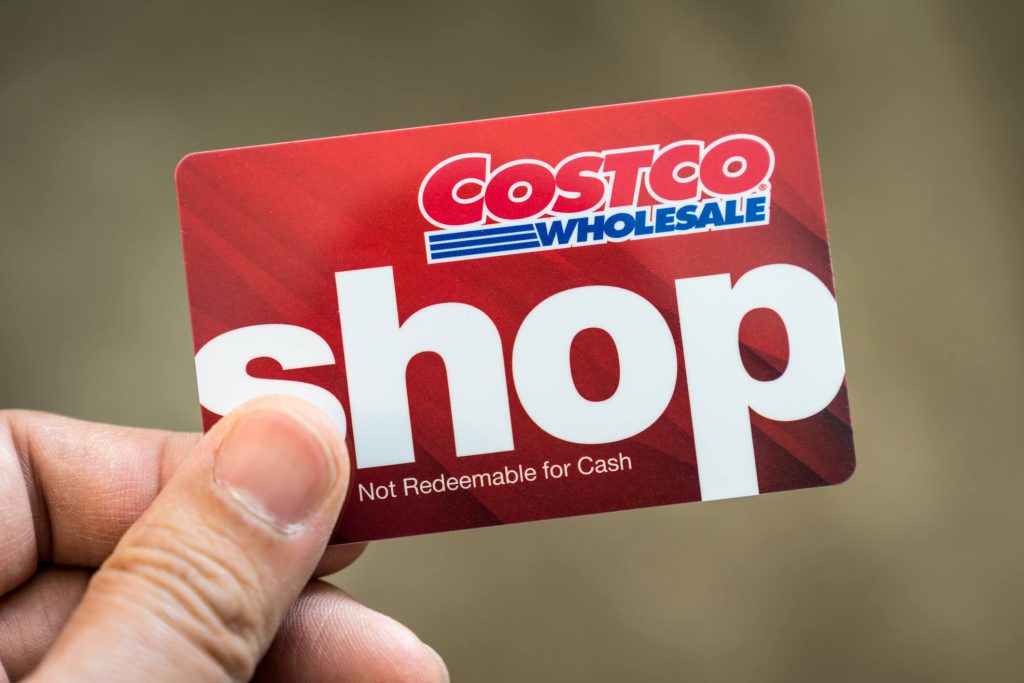
Costco Cash Cards are another convenient payment option available to customers. These cards function similarly to gift cards and can be used to pay for purchases at any Costco warehouse location. Costco Cash Cards can be purchased online or in-store, and they come in various denominations. They can also be reloaded with additional funds, making them a flexible payment option for frequent Costco shoppers.
Mobile Payment Options at Costco
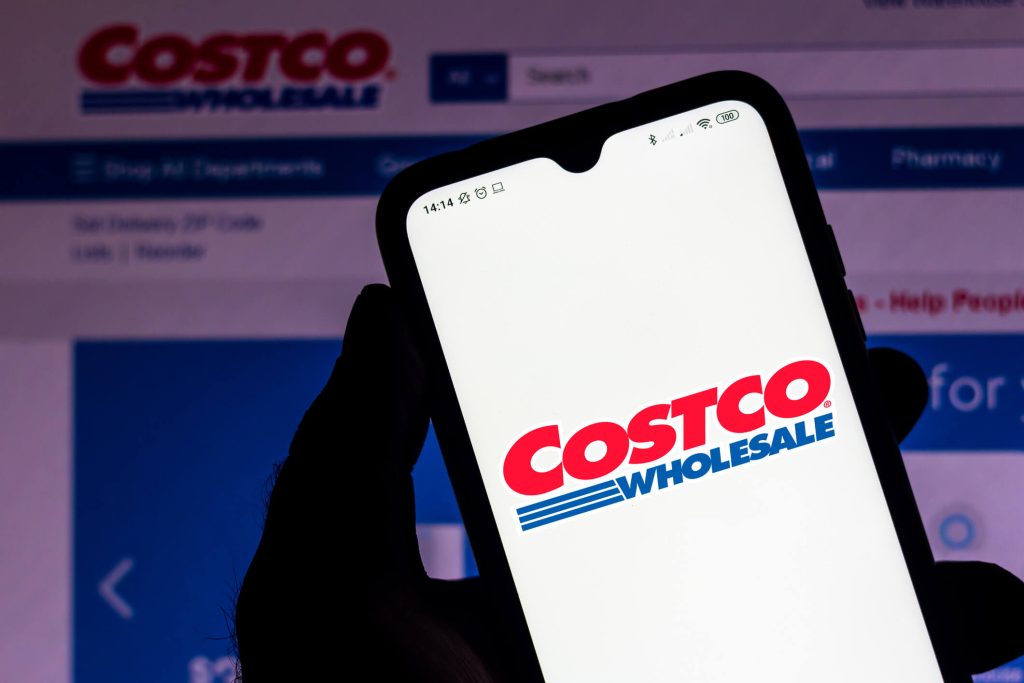
With the rise of mobile payment options, Costco has adapted to meet the changing needs of its customers. Currently, Costco accepts mobile payments through Apple Pay, Google Pay, and Samsung Pay. These mobile payment options allow customers to make secure and contactless transactions using their smartphones or smartwatches. Simply link your preferred payment method to your mobile wallet and tap your device at the payment terminal to complete your purchase.
Personal Checks and Costco’s Check Writing Policy
While personal checks are becoming less common in today’s digital age, Costco still accepts them as a form of payment. However, there are certain guidelines and policies that customers must adhere to when paying by check at Costco. Firstly, the check must be drawn on a U.S. bank and in U.S. dollars. Additionally, the member’s name, address, and phone number must be preprinted on the check. It is also important to note that Costco does not accept two-party checks or starter checks.
Costco’s Policy on Gift Cards and Vouchers
Gift cards and vouchers are a popular choice for many shoppers, as they offer flexibility and convenience. At Costco, you can use gift cards and vouchers to pay for your purchases. However, it is important to note that Costco only accepts Costco Cash Cards, which are specific to their stores. Other third-party gift cards or vouchers are not accepted as a form of payment at Costco. This policy ensures that customers can fully utilize the benefits of their Costco membership.
Accepted Payment Methods at Costco Warehouses
Costco’s payment acceptance policies vary slightly by location and platform. Here are the accepted payment methods at Costco’s physical warehouse locations in the United States:
- All Visa cards including the Costco Anywhere Visa® Card by Citi
- PIN-based Debit and ATM Cards
- Cash
- Costco Shop Cards (similar to gift cards)
- Business checks (from Costco Business Members)
- Personal checks (from Costco Members)
- EBT cards
- Traveler’s checks
- NFC Mobile Payments (such as Google Pay, Apple Pay, Samsung Pay)
It’s important to note that Costco does not accept MasterCard, Discover, or American Express cards at its warehouse locations.
Payment Methods at Costco Gas Stations and Online
While the payment options at Costco’s physical locations are quite specific, they offer more flexibility online and at other facilities:
- U.S. Costco Gas Stations accept all Visa cards, many PIN-based Debit and ATM Cards, and Costco Shop Cards.
- Costco.com allows payments from all Visa cards, MasterCard, Discover cards (including JCB and Diners Club), many PIN-based Debit and ATM cards, Costco Shop Cards, and Visa Checkout.
Costco Online Payment Methods
Costco.com expands its payment options to include a broader range of card providers, reflecting the differing security dynamics of online shopping:
- All Visa Cards
- MasterCard
- Discover Cards (Including JCB and Diners Club)
- PIN-based Debit and ATM Cards
- Costco Shop Cards
- Visa Checkout: For a streamlined online payment experience.
How to Maximize Savings with the Right Card?
Using the right credit card at Costco can help offset membership fees and maximize cashback on bulk purchases. For instance, the Costco Anywhere Visa Card by Citi offers 4% cash back on eligible gas for the first $7,000 per year and then 1%, 3% on restaurants and eligible travel, 2% on all other purchases from Costco and Costco.com, and 1% on all other purchases.
Can You Pay with Cash at Costco?
While many retailers have moved towards cashless transactions, Costco still accepts cash as a form of payment. Cash is a widely accepted and convenient payment option for customers who prefer not to use credit or debit cards. However, it is important to note that Costco does not provide change for cash transactions. Therefore, it is advisable to have the exact amount or use another form of payment if you do not have the exact cash on hand.
Frequently Asked Questions
Q.1: Can I use my American Express credit card at Costco?
No, Costco no longer accepts American Express credit cards. They currently accept Visa, Mastercard, and Discover credit cards.
Q.2: Can I use my Costco Cash Card at any Costco location?
Yes, Costco Cash Cards can be used at any Costco warehouse location, as well as on Costco’s website.
Q.3: Can I use my personal check to pay for my Costco purchases?
Yes, Costco accepts personal checks as a form of payment. However, there are certain guidelines and policies that must be followed.
Q.4: Can I use third-party gift cards or vouchers to pay at Costco?
No, Costco only accepts Costco Cash Cards as a form of payment. Third-party gift cards or vouchers are not accepted.
Q.5: Does Costco provide change for cash transactions?
No, Costco does not provide change for cash transactions. It is advisable to have the exact amount or use another form of payment.
Conclusion
In conclusion, Costco offers a variety of payment options to cater to the diverse needs of its customers. From credit cards and debit cards to cash, mobile payments, and Costco Cash Cards, there are several convenient ways to pay for your purchases at Costco. Understanding Costco’s payment policy ensures a smooth and hassle-free shopping experience. Whether you prefer to use your credit card, debit card, or cash, Costco has you covered. So, the next time you visit Costco, you can confidently choose the payment method that suits you best.




